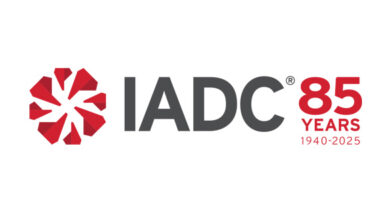Industry urges suspension of National Ocean Policy
IADC, NOIA and IPAA are urging the National Ocean Council (NOC) to suspend implementation of the National Ocean Policy (NOP), pointing to major weaknesses in the draft implementation plan and a myriad of unanswered questions.
In a letter sent to NOC last month, industry groups said their chief concern lies with the anticipated use of coastal and marine spatial planning (CMSP), which could pose additional obstacles to access for oil and natural gas resources on the US Outer Continental Shelf (OCS). Its use could mean that the requirements of “expeditious development” directed by the OCS Lands Act will be limited, leading to potentially serious conflicts.
“It would be very shortsighted to make CMSP decisions without the benefit of new data,” the groups stated. At a minimum, new geological and geophysical data should be obtained.
If the administration decides to move forward with implementation, a pilot project in one region should be undertaken. This would ensure a greater likelihood of meaningful stakeholder involvement and fewer unintended consequences.
OSHA HCS harmonized with UN standards
On 26 March 2012, OSHA issued a final rule aligning its Hazard Communication Standard (HCS) with the United Nations’ Globally Harmonized Systems of Classification and Labeling of Chemicals.
HCS requires chemical manufacturers and importers to evaluate the hazards of the chemicals they produce or import, as well as prepare labels and material safety data sheets to convey the hazards and associated protective measures to users of the chemicals.
The modifications include:
• Revised criteria for classification of chemical hazards;
• Revised labeling provisions, including requirements for the use of standardized signal words, pictograms, hazard statements and precautionary statements;
• A specified format for safety data sheets, revisions to definitions of terms used in the standard; and
• Requirements for employee training on labels and safety data sheets.
The rule becomes effective on 25 May 2012.
USCG issues rule on ballast water discharge
On 23 March 2012, the US Coast Guard issued a final rule establishing a standard for the allowable concentration of living organisms in ballast water discharged in US waters. The regulations were developed to aid in controlling the introduction and spread of non-indigenous species from ships’ ballast water.
The Coast Guard also amended its regulations for the associated engineering equipment by establishing an approval process for ballast water management systems, which should not come about until 2015.




